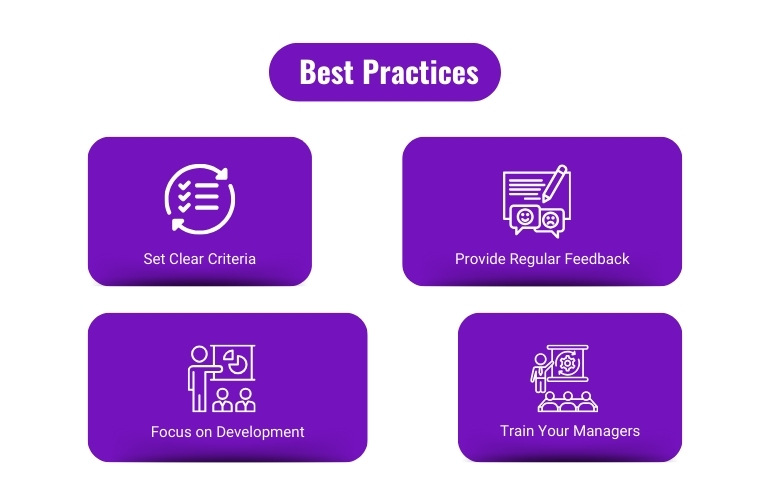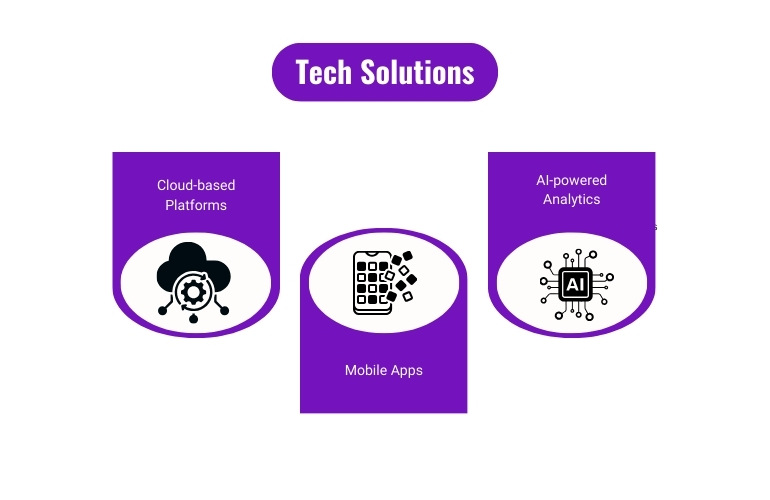Imagine walking into your annual performance review feeling confident, prepared, and excited about your growth opportunities. Sounds too good to be true? It doesn’t have to be. Welcome to the world of effective performance appraisals – a critical process that can make or break employee satisfaction and organizational success.
Let’s dive into the numbers: A staggering 95% of employees are dissatisfied with their company’s appraisal process, according to a Gallup survey. But fear not! This guide will equip you with the knowledge to transform your performance appraisal system from a dreaded annual chore into a powerful tool for growth and engagement.
Chapter 1: The Performance Appraisal Puzzle
Picture this: It’s 1911, and Frederick Taylor introduces the first formal performance appraisal system. Fast forward to today, and we’re still grappling with the best ways to evaluate and improve employee performance. But why does it matter so much?
Consider this: Organizations with effective performance management systems are 51% more likely to outperform their competitors. That’s a game-changer in today’s competitive business landscape.
Chapter 2: The Many Faces of Appraisal
Just as there’s no one-size-fits-all approach to management, performance appraisals come in various flavors. Let’s explore the most popular types:
- 360-degree Feedback: Like a panoramic view of an employee’s performance, this method gathers input from supervisors, peers, and subordinates.
- Self-Assessment: Empowering employees to reflect on their own performance can lead to surprising insights and increased engagement.
- Management by Objectives (MBO): This goal-oriented approach aligns individual objectives with organizational goals.
Which one is right for your organization? The answer lies in understanding your unique culture and needs.
Chapter 3: Best Practices – The Secret Spice
Imagine you’re a chef crafting the perfect recipe. These best practices are your key ingredients for a successful performance appraisal system:
- Set Clear Criteria: 68% of employees believe their managers aren’t actively engaged in their career development. Combat this by establishing transparent, measurable performance standards.
- Provide Regular Feedback: Annual reviews are so last century! Implement continuous feedback loops to keep employees engaged and on track.
- Focus on Development: Transform appraisals from a judgmental process into a growth-oriented dialogue.
- Train Your Managers: Equip your leaders with the skills to conduct effective, constructive appraisals.
Chapter 4: Harnessing Technology – The Digital Revolution
Welcome to the 21st century, where technology is revolutionizing performance management. Here are some game-changing tools:
- Cloud-based Platforms: Enable real-time feedback and goal tracking.
- AI-powered Analytics: Gain deeper insights into performance trends and patterns.
- Mobile Apps: Facilitate on-the-go performance check-ins and goal updates.
Did you know that organizations using performance management software see a 12% increase in employee engagement? It’s time to embrace the digital transformation.
Chapter 5: The Road Ahead – Continuous Improvement
As the curtain falls on our performance appraisal journey, remember this: The most effective systems are those that evolve. Regularly solicit feedback from employees and managers to refine your process.
Consider these statistics:
- Companies that implement regular employee feedback have turnover rates 14.9% lower than those that don’t.
- 80% of Gen Y employees prefer on-the-spot recognition over formal reviews.
Conclusion
The future of performance appraisals lies in agility, continuous feedback, and a focus on employee development.
In conclusion, performance appraisals are not just an HR checkbox but a powerful tool for driving organizational success. By implementing the strategies outlined in this guide, you can transform your appraisal process from a source of anxiety into a catalyst for growth and engagement.
Remember, the journey to perfecting your performance appraisal system is ongoing. Embrace the challenge, stay open to feedback, and watch your organization thrive. After all, in the words of management guru Peter Drucker, “If you can’t measure it, you can’t improve it.”
Are you ready to revolutionize the performance appraisal process?





